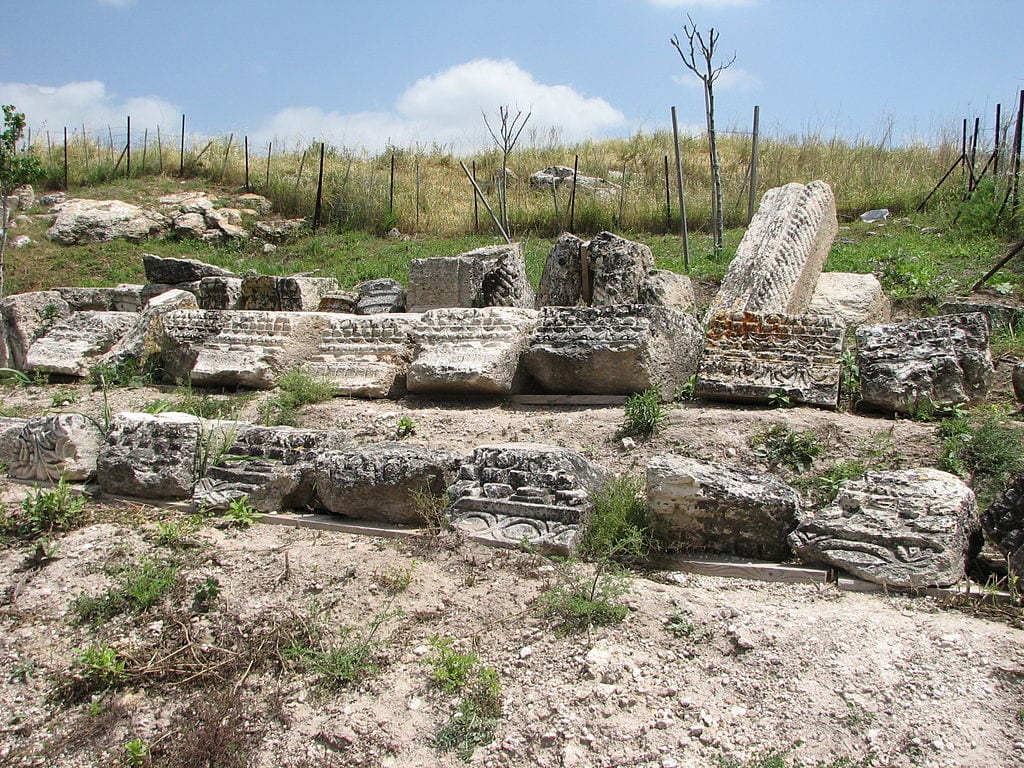A 2nd century CE Jewish burial compound at Beit She’arim, located in northern Israel, was declared a World Heritage Site by the UN.
The United Nations Educational, Scientific and Cultural Organization (UNESCO) voted on adding the Beit She’arim tombs, located east of Haifa, to its list of international site recognized for their cultural heritage.
UNESCO committee members met in Bonn, Germany on Sunday and passed the proposal with 17 votes in favor and four against. Malaysia, Qatar, Lebanon and Algeria opposed.
According to the UN organization, the World Heritage List wanted to preserve Beit She’arim because the catacombs located at the site contain a “treasury of artworks and inscriptions in Greek, Aramaic and Hebrew.”

The committee added that the site bears “a unique testimony to ancient Judaism under the leadership of Rabbi Judah the Patriarch, who is credited with Jewish renewal after 135 CE.”
Beit She’arim served as a popular Jewish burial site in the 3rd and 4th centuries CE following the Jewish revolts against Rome. The nearby town became a major center of Jewish learning and culture after Rabbi Judah the Patriarch, also known as Yehudah HaNasi, moved there.
Rabbi Judah the Patriarch was the chief redactor and editor of the Jewish legal text known as the Mishnah. According to the Talmud, Rabbi Judah was a descendent from King David and was given the title nasi, Hebrew for prince, added to his name. He is one of various prominent Jews buried at Beit She’arim.
The site was first proposed to UNESCO in 2002 and again in 2012 but was put on a waiting list. With Sunday’s vote, Beit She’arim has become the ninth World Heritage Site in Israel.

Once a heritage site is declared, the host country must agree to preserve the location and prevent any development in the nearby area that could alter or damage the appearance and setting of the site.
The first Israeli site to make the UNESCO World Heritage Site list was the Old City of Jerusalem and its walls in 1981. Other sites include the remains of the Nabatean towns in the Negev built along ancient spice routes, the caves of the Maresha Beit-Guvrin national park, the Bagai Temple in Haifa, prehistoric remains at Nahal Me’arot, the Masada fortress, the Old City of Acre, and the collection of Bauhaus and International Style buildings in Tel Aviv, also known as the White City.



